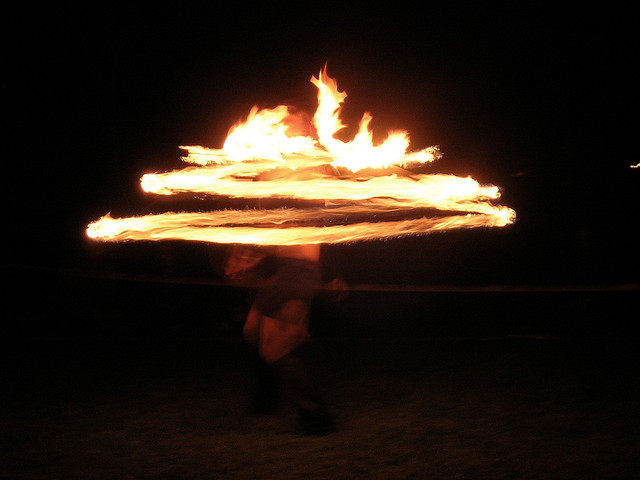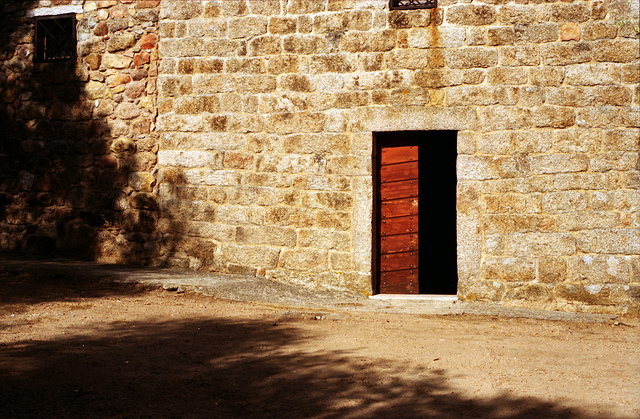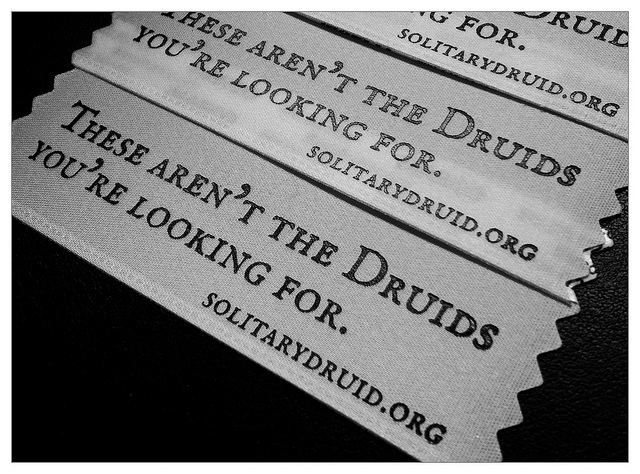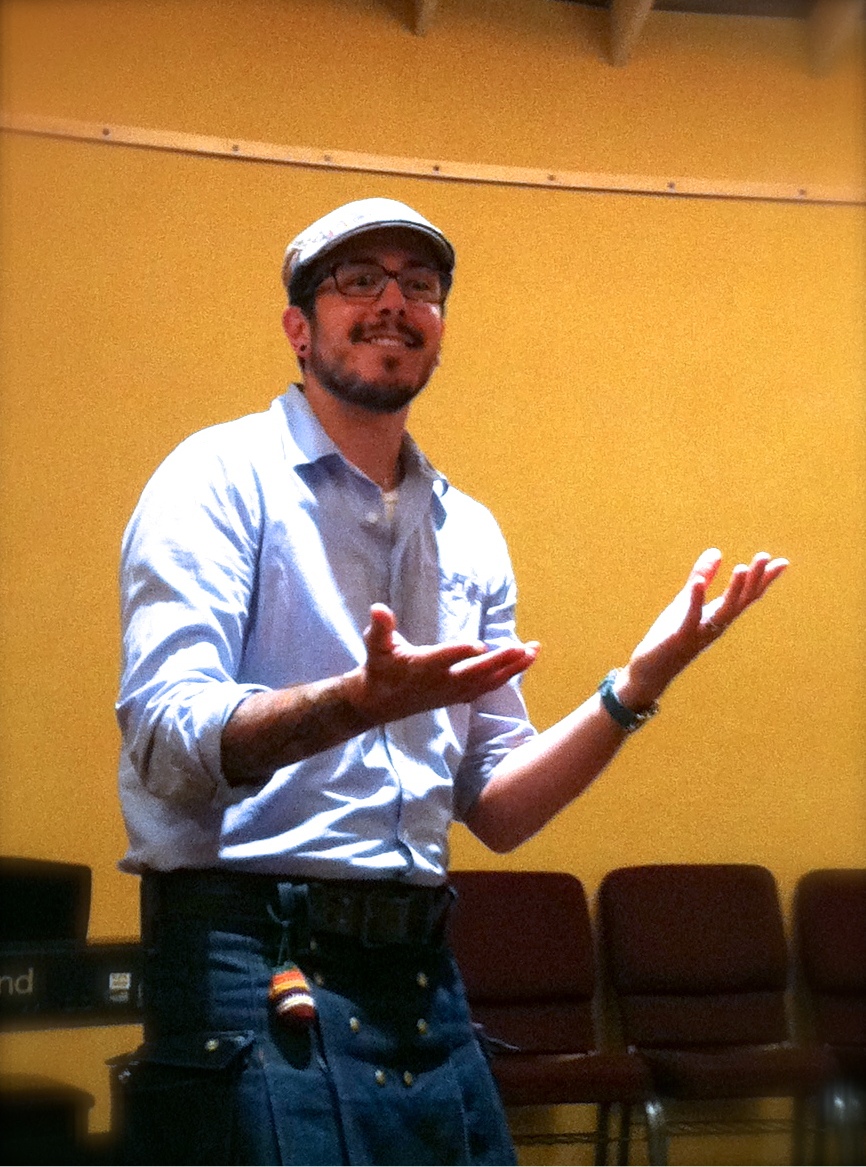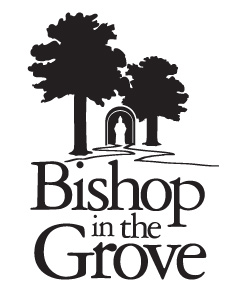Tag: Pantheacon
-

How Do We Talk About the Workings of a Goddess?
How do we talk about the workings of a Goddess? Sometimes we don’t. Well, not at length anyway. This week I’ve been in the middle of intense songwriting work, all of it very rewarding. But as I wrote on my music blog, #allofthesongs, there are times when it is valuable not to speak about what […]
-

PantheaCon: Much Work to be Done
It’s the last morning of the last day. I’m in my hotel room, waiting for the rest of the attendees to rise. I’m an early-morning Pagan, it seems. I’m in the minority of this minority. Intentionally reflective blog posts can be a saccharine mess if you don’t watch yourself, so I’m choosing my words carefully. There […]
-

The Heart Is The Only Nation
I have met the Morrígan. I have stood in a circle, a shape unlike any circle I’ve stood in before, and beside my human kin, a spiritual kin sharing breath and space and smell and touch, I made contact with the Warrior inside myself. At this moment it feels as though I have never been […]
-

Pre-Pantheacon Packing Jitters
I haven’t packed. I have piles of things scattered around my office, and none of them are in any order. Pantheacon starts tomorrow — tomorrow!! — and I haven’t packed. In part, I’ve been slow to lay out all of the necessities because this trip is not just a weekend trip for me. I’ll be […]
-

Want To Make The Gods Laugh?
Make a plan, the gods say. I dare you. Ok, ready? You’re me: You put on your denim kilt, blue button up shirt, and patchwork hat. Your beard is tidy and trim, and your socks pulled up. You load up the car with your husband, a tupperware container of crayons, and a bag of chocolates. […]
-

The Spiritual, the Mundane, and the Cash Money
Some days, it’s all we can do not to break. Yesterday felt like one of those days. I’ve done well to keep my focus on matters of spiritual growth since returning from my Pagan pilgrimage. I’ve kept my daily practice, and I’ve delighted in the conversations we’ve had here on the blog about leadership, purpose […]
-

What do we want from our Pagan leaders?
In this last week of post-Pantheacon decompression, I’ve discovered a few things about myself. First, as much as I am invested in my online work, either through blogging or social networking, nothing compares to real-life, skin and sweat, handshakes and hugs interaction. You can imagine all you want about how great it would feel to dance, […]
-

The Action of Worship
My religion is experienced in the doing. This became clear to me as I entered the sacred space of our ADF ritual at Pantheacon, lifted my voice to invoke the spirit of Inspiration, and, for a moment, left my mind behind. When I stepped in front of the altar and began to sing, I was […]
-

Witness to the Protest at Pantheacon 2012
This is my witness of the silent meditation led by T. Thorn Coyle to protest the Z Budapest ritual at Pantheacon 2012. [Note: I use the term “cisgender women” or “cis woman” to distinguish from “transgender women” or “trans woman.” Both groups may identity with the word “woman.”] 8:33pm I arrive in the City Foyer, a […]
-

The Urgency to Understand Pantheacon
I brought my little tin-can altar to Pantheacon, and set it up in my hotel room on the glass, circular end table next to the lounge chair. The conference program was rather stern about not burning incense or lighting candles anywhere in the hotel, but I chose to believe that the rules didn’t include small tea […]
-

Oh my Gods, I’m at #Pantheacon.
I’m buzzing. Vibrating. I know that sounds New Age-y, but that’s really what it feels like to be in my body at this moment. I’m sitting in the lobby of the San Jose DoubleTree Hotel, and Pantheacon is exploding all around me. There are men in skirts, women in top hats, people whose gender is a […]
